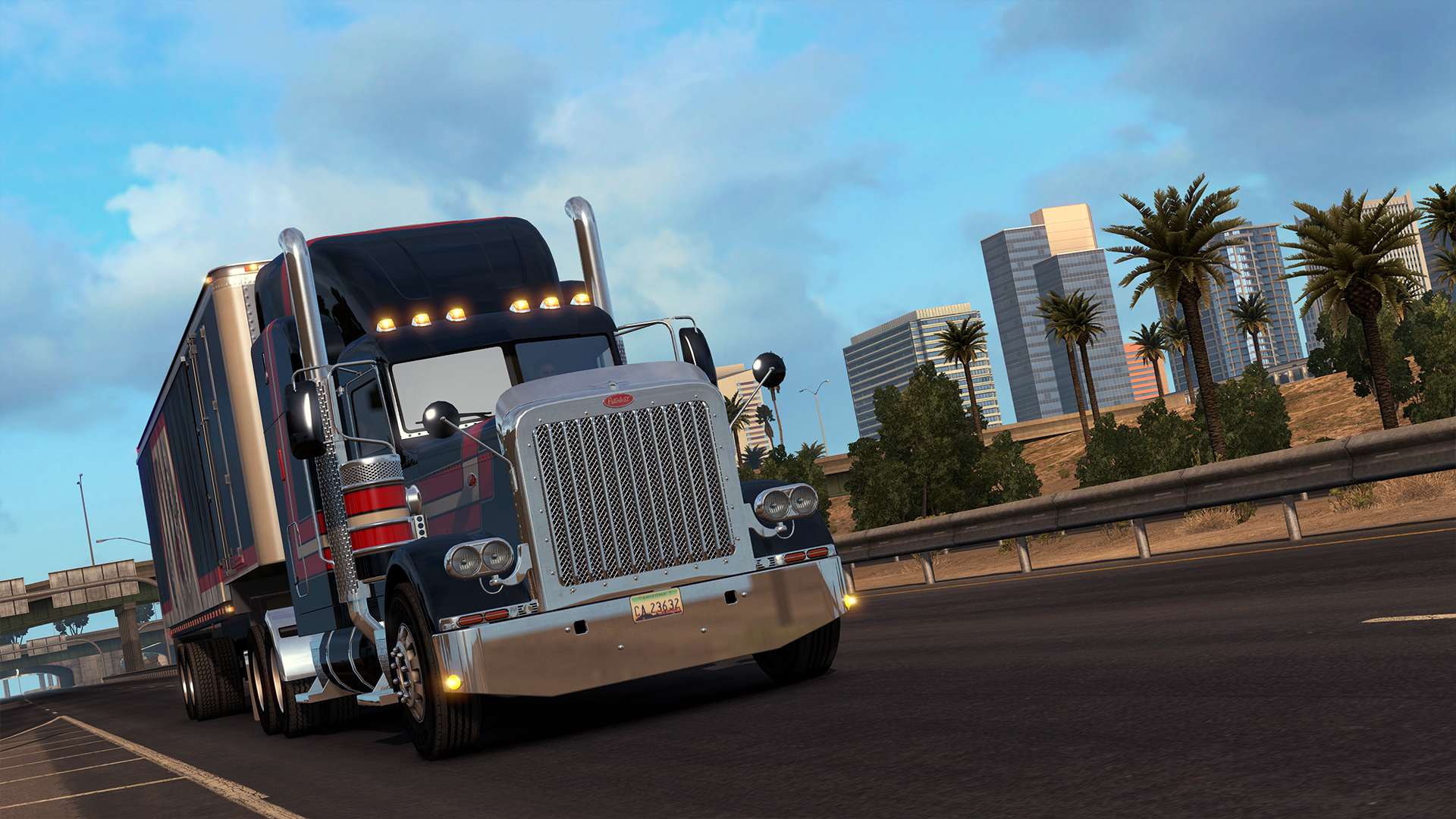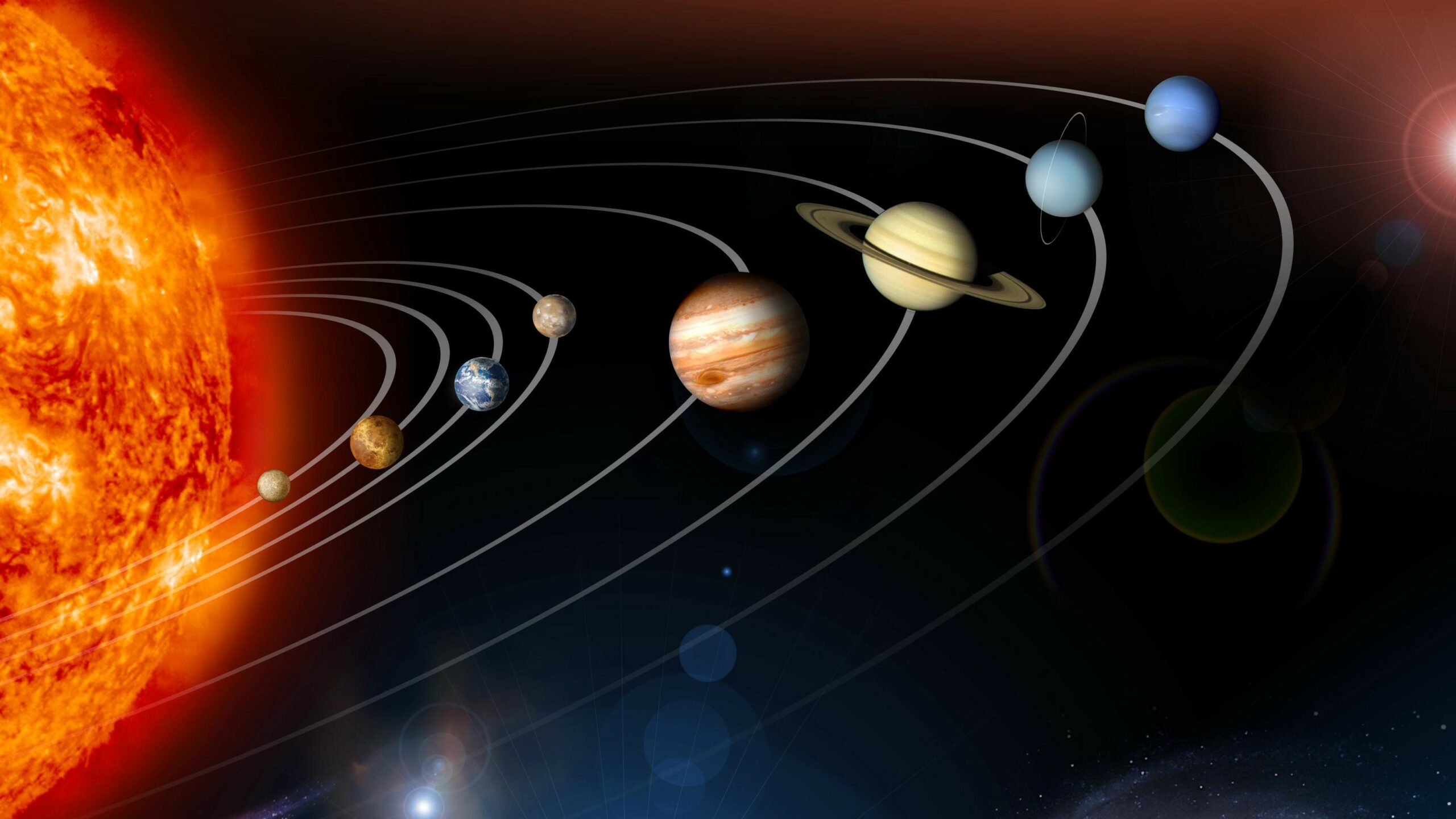These four planets are gaseous planets, that is, they do not have a solid surface. In this way, our astronauts would need to develop different ways of exploring these worlds. However, it is possible to explore images of these planets yes! In the website AstronomyPicture of the Day, NASA provides beautiful images of the universe, planets and constellations.
Jupiter, Saturn, Neptune and Uranus are planets also known as Jupiterian planets, which have dense and deep atmospheres. These planets have a very different structure than rocky planets like Earth, Mars and Venus. Due to this structure and density, it is not possible to step on the surface of these planets. In this article, we'll explore the reasons why it's impossible to set foot on these planets.
Composition and structure of gas giant planets
The gas giant planets are composed mainly of hydrogen and helium gas, with traces of other chemical elements. The atmosphere of these planets is composed of several layers of clouds that extend to great depths, making it impossible to see the surface of the planet. Beneath the dense atmosphere is a liquid mantle of metallic hydrogen and, in some cases, a rocky core.
Due to their structure, these planets do not have a defined solid surface, unlike rocky planets. The hydrogen and helium in the interior of the planet are subjected to high pressures and temperatures, which causes them to be compressed into a state of matter known as the supercritical state. In other words, there is no point at which these gases change from liquid to solid like water does.
Pressure and temperature
The pressure and temperature in the atmosphere of these planets is extremely high. For example, the surface temperature of Jupiter can reach about -145°C, and the pressure is about 100 times greater than the pressure on Earth's surface at sea level. As you descend into the atmosphere, the temperature and pressure rapidly increase.
On Saturn, the temperature in the lower part of the atmosphere is about -170°C, and the pressure is about 100 times greater than the pressure on Earth at sea level. Already on Neptune and Uranus, the pressure and temperature in the atmosphere are even greater, making it impossible to survive for a long time on these planets.
There is no solid surface
As mentioned earlier, gas giant planets do not have a defined solid surface. The hydrogen and helium inside these planets is compressed into a supercritical state, which means there is no point at which these gases change from liquid to solid, as water does. This means that there is no solid surface to step on.
dense atmosphere
The atmosphere of these planets is extremely dense and composed of several layers of clouds. These clouds are made up of different chemical compounds, such as ammonia, methane, and water, which condense at different altitudes. Due to this atmospheric density, it would be impossible to fly an airplane through the atmosphere of these planets.


























